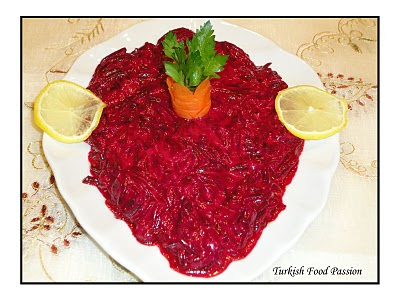
Beets never made it to my shopping cart during grocery shopping until this past fall. I had eaten beet slices on salads or as a side dish at restaurants and in dormitory cafeterias during college and the flavor never was desirable to me so I never thought about using them in my cooking. One day this past fall, I read an article about the health benefits of beets which convinced me to try this nutritionally very powerful vegetable.
After the first purchase, the flavor was definitely was much better than what I had eaten before. I believe what was provided in the dorms or restaurants came out of a can instead of recently being pulled out of earth. I bought the organic beets as I do with almost all our produce and meats and they tasted pretty good. Beets have an earthy flavor and I think they are an acquired taste. Since the fall, I have been purchasing them almost every week. I boiled, steamed or roasted them and created wonderful salads alone or with other vegetables. Before the beet season is over, I wanted to share a traditionally Turkish beet salad recipe. Hopefully I will recreate and share the other ones to at another date.
For those of you who hate beets, you may want to try them again with an open mind and you may change your mind.
4 medium red beet roots
1 cup plain yogurt
1 garlic clove (chopped)
1 tbsp olive oil
1 tbsp white vinegar or lemon juice
½ tsp salt (adjust to your taste)
¼ tsp dried mint
Discard stems of beets and wash and scrub the roots. Steam in a pot or pan for 30 minutes. Remove from heat and leave covered for another 30 minutes.
Once the beets are cooled dry with paper towel. Grate beets with skin on. Grating them using a food processor will be much cleaner than grating manually as the red color of the beets will splash everywhere. Place grated beets in a deep bowl.
Add the rest of the ingredients and toss. Serve cold.

 Note: The Phyllo dough sheets can be found in the frozen section of most markets. If the Pyhllo sheets are too big for the tray or Pyrex dish you are using, the phyllo sheets can be folded to reach the size of the baking dish.
Note: The Phyllo dough sheets can be found in the frozen section of most markets. If the Pyhllo sheets are too big for the tray or Pyrex dish you are using, the phyllo sheets can be folded to reach the size of the baking dish.





